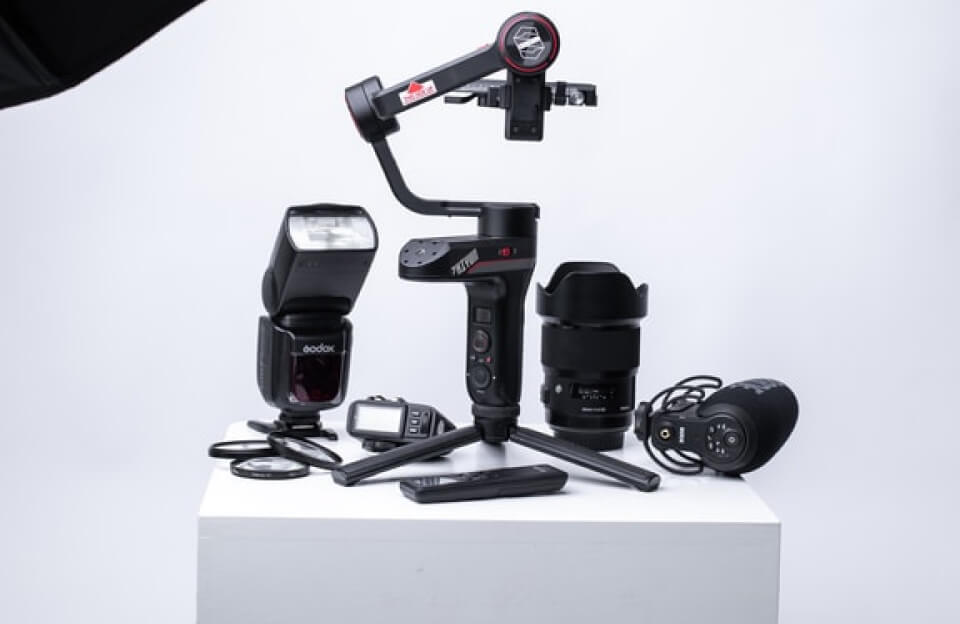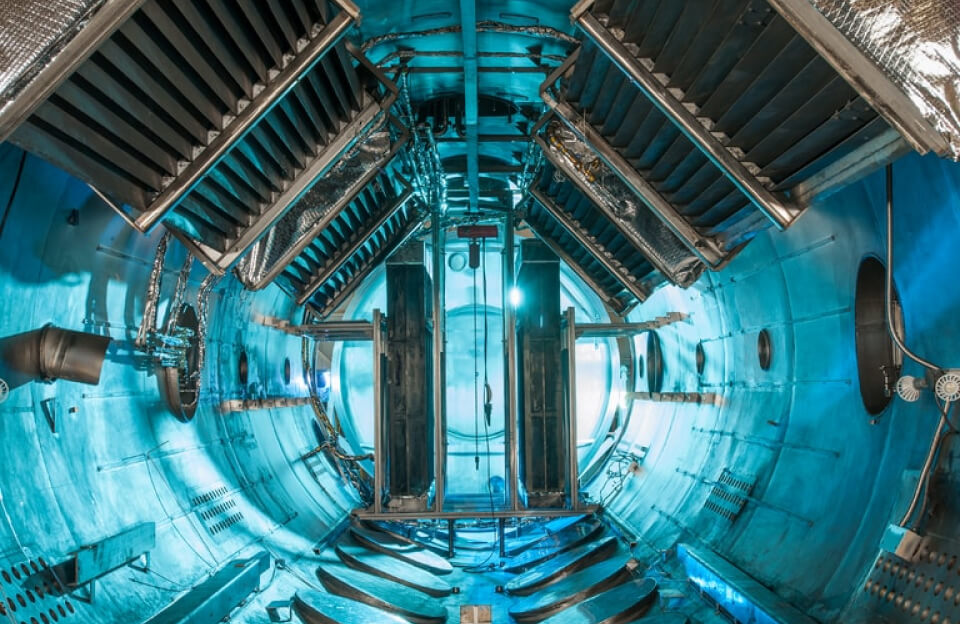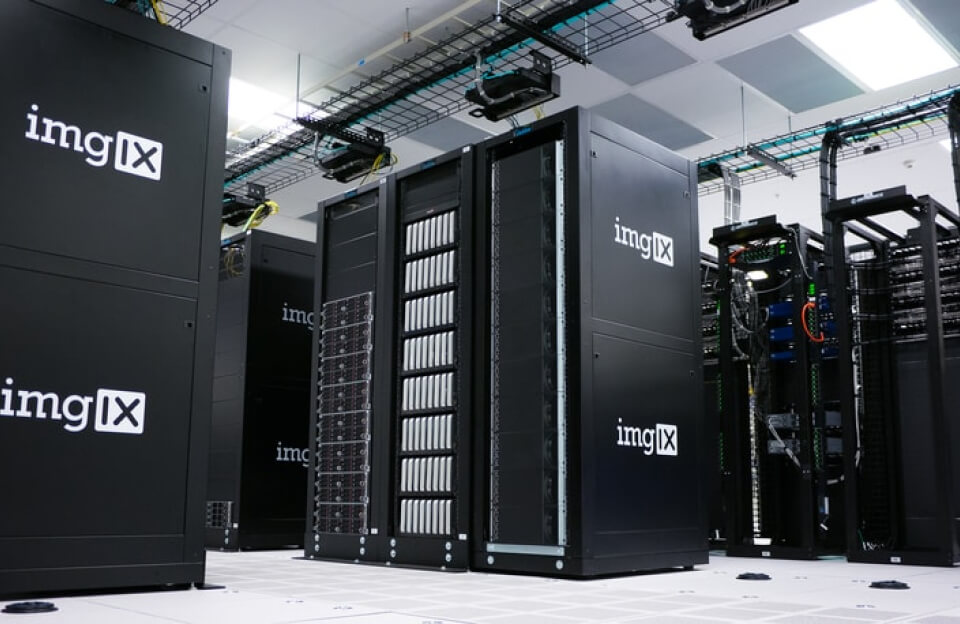Why Photographing Pollination Matters
In a quiet garden, just after sunrise, a honeybee hovers over a wild marigold.
Its tiny legs, coated with golden dust, graze the flower’s stamen.
In a fraction of a second, pollination begins, and a camera shutter clicks.
This moment is fleeting.
But to the trained eye — and to the right lens — it’s nature’s most essential transaction being documented in real time.
Why Capture Pollination?
Pollination is life’s invisible glue —
It connects plants, insects, ecosystems, farmers, and food chains.
It’s how:
- Fruits grow
- Seeds form
- Biodiversity sustains
- And crops feed billions
Yet, most of us never see it happening.
That’s where photography comes in —
to make the unseen, seen.
A Visual Science
Photographing pollination isn’t just about aesthetics —
It’s about observing one of Earth’s most vital ecological exchanges.
It bridges:
- Biology and art
- Education and awareness
- Science and emotion
“A single image of a bee dusted in pollen can teach more than a textbook paragraph.” — Dr. Sam Evans, Pollination Biologist
In a Time of Crisis
With pollinators under threat due to:
- Pesticides
- Habitat loss
- Climate change
- Monoculture farming
…every photo becomes a form of documentation, activism, and education.
According to the UN, nearly 75% of global food crops depend at least in part on pollination.
Yet, over 40% of insect pollinators (especially bees and butterflies) face extinction risk.
Photography, then, is no longer optional —
It’s a tool for preservation and storytelling.
In the following sections, we’ll explore:
And why these images may be the most important photographs of our time
Who are the key pollinators?
How to capture them in action
The challenges and ethics of this field
The Players – Who’s Doing the Pollinating?
Pollination may look accidental, but in nature, it’s a well-rehearsed performance — and the cast is far more diverse than most people think.
Let’s meet the stars of the show —
Each one is a small creature carrying life on its wings, feet, or fur.
1. Bees – The Ultimate Pollinators
Bees are responsible for pollinating 1 out of every 3 bites of food we eat.
Fun Fact:
A single honeybee can visit up to 5,000 flowers a day, spreading pollen across dozens of plant species.
Photo Tip:
Use a macro lens with a fast shutter (1/1000s) to freeze a bee mid-flight or while dusting a flower’s stamen.
2. Butterflies – The Graceful Messengers
Though less efficient than bees, butterflies play a critical role in cross-pollinating wildflowers.
They prefer:
- Bright, fragrant flowers
- Flat petals to land on
- Warm, sunny weather (ideal light for photographers too!)
Photographer’s Dream:
Capture the symmetry of wings + the moment the proboscis touches the nectar source = stunning visual + ecological insight.
3. Beetles – The Hidden Workhorses
Nicknamed “mess and soil pollinators,” beetles were pollinating before bees even evolved, over 200 million years ago.
Common in:
- Magnolia
- Water lily
- Wild herbs
They’re not flashy, but their rugged, textured bodies create raw, earthy compositions on camera.
4. Birds – Pollinators with a Wingspan
Especially in tropical zones, birds like hummingbirds and sunbirds pollinate tubular flowers with long beaks and hovering behavior.
Fact:
Hummingbirds flap their wings up to 80 times per second — a visual challenge and reward for the patient photographer.
Pro Tip:
Use burst mode and higher ISO in shaded forest areas.
Bats – The Nighttime Agents
In deserts and tropics, bats pollinate night-blooming flowers like agave and baobab.
They’re critical to:
- Cactus ecosystems
- Fruit crops like bananas, mangoes, and guava
Rare Capture:
Using infrared or night-vision photography, some of the most stunning pollination shots come from bat-and-blossom moments under moonlight.
BONUS: Ants, Wasps, Flies
Often ignored, these insects also play niche roles in pollination.
- Flies mimic bees in behavior
- Wasps pollinate figs
- Ants aid in wildflower fertilization
They’re hard to shoot but offer immense storytelling value.
The Bigger Picture:
Each pollinator has its plant preference, behavior, and timing.
Together, they form an invisible network of survival.
“Pollinators are the heartbeat of the wild. If they stop, ecosystems collapse silently.” — National Geographic, 2023
Chasing Dust – The Art and Science of Photographing It
Capturing pollination is like photographing a whisper —
It’s fast, delicate, and nearly invisible to the casual observer.
But for a photographer, each speck of pollen is a story in motion.
The Science Behind the Shot
Pollination is triggered when pollen from the anther (male part) lands on the stigma (female part) of a flower.
This can happen through:
- Contact (bees brushing against petals)
- Wind (grasses, trees)
- Specialized movements (like a bat’s tongue touching a flower’s core)
A good photo captures not just the moment of interaction, but the transfer of life happening in real time.
Technical Tips to Capture the Magic
| Element | Ideal Settings / Tips |
|---|---|
| Camera Mode | Manual or Shutter Priority |
| Lens Type | Macro (90mm–105mm) for detail, Telephoto (300mm+) for birds/bats |
| Shutter Speed | 1/1000s or faster (to freeze wing motion) |
| Aperture | f/2.8–f/5.6 for bokeh, f/8+ for depth |
| ISO | 100–800 (daylight), up to 3200 (low light/bats) |
| Focus Mode | Continuous/AI Servo for tracking insects |
Use burst mode — you only need one perfect frame out of 50!
Timing Is Everything
Pollinators follow nature’s clock, not yours.
Best Times to Shoot:
- Early morning (6–9 AM): Bees and butterflies begin feeding
- Golden hour (4–6 PM): Warm light = dreamy detail
- Night (for bats): An Infrared or motion-sensor setup is needed
Also, keep in mind:
- Pollinators are more active at 20–30°C temperatures
- Avoid windy days; motion blur ruins precision shots
Light and Angles – Your Silent Collaborators
- Use backlighting to highlight flying pollen grains
- Side-lighting adds depth to insect textures
- Avoid direct flash — it startles pollinators
- Reflectors (or white chart paper) work wonders in gardens!
What to Focus On
✅ Not just the insect — focus on the moment of contact with the flower
✅ Capture pollen grains in motion (use high detail/macro)
✅ Show pollinator behavior (hovering, feeding, dusting wings)
A bee with pollen stuck on its hairy legs says “life is moving” more powerfully than any quote.
Patience > Gear
You don’t need a ₹5 lakh camera.
You need:
- Time
- A steady hand
- And knowledge of your subject’s rhythm
Many award-winning shots were captured using mid-range DSLRs or mirrorless cameras + practice + perfect lighting
The Art-Science Balance
A pollination photo must:
- Educate like a biology chart
- Inspire like a painting
- And feel alive like a documentary still
This is what separates a click from a capture.
Lens Meets Biology – What These Photos Reveal
Behind every close-up of a bee, every still of a butterfly dusting a petal, there’s more than beauty —
There’s biological storytelling, ecological evidence, and sometimes, silent warnings.
Photography becomes a bridge between science and the public.
1. Revealing Species Interactions
High-quality pollination images:
- Show which pollinators are active on which flowers
- Help scientists track mutualisms (e.g., bees prefer lavender; sunbirds prefer hibiscus)
- Document rare or endangered interactions, such as fig-wasp or bat-banana flower
In 2023, a macro photographer in Arunachal Pradesh accidentally documented a new wasp species pollinating a rare orchid — it later led to an ecological study.
2. Spotting Health & Disease
Close-up shots can reveal:
- Mites on bees (like Varroa destructor)
- Wing deformities from pesticides
- Loss of hair (which traps pollen) = stressed insect
These details help citizen scientists and entomologists monitor health of local pollinators.
A photo becomes evidence — sometimes more compelling than lab data.
3. Mapping Pollinator Movement & Habitat
Repeated photography over seasons and sites allows:
- Mapping of migration patterns (e.g., Monarch butterflies)
- Tracking of population changes
- Monitoring the impact of urbanization and farming
Crowdsourced photo data is now used in platforms like:
- iNaturalist
- Xeno-canto (for birds)
- Pollinator Pathways
4. Raising Awareness Through Visual Advocacy
Photos from photographers like Clay Bolt and Cristina Mittermeier have sparked:
- Conservation campaigns
- Educational exhibits in museums
- Changes in public garden planning
A viral photo of a bumblebee coated in pesticide dust led to a petition banning neonicotinoids in parts of Europe in 2018.
When science meets emotion through imagery, policy can change.
5. Emotional Connection = Lasting Impact
People might forget statistics, but they don’t forget:
- A close-up of a bee drinking from a dew-laden flower
- A bat silhouetted against moonlight mid-pollination
- A butterfly wing dusted in golden grains
These images humanize insects, turning them into characters, not just data points.
“When I showed my students a slow-motion clip of a bee transferring pollen, they gasped. Science turned magical.” – Prof. R. Awasthi, Delhi University
Your Camera = Conservation Tool
In today’s age, where science is often mistrusted or misunderstood, photography democratizes biology.
It tells:
- Farmers, why bees matter
- Children, how flowers are born
- Policymaker,s why pesticide limits save ecosystems
- And you, why slowing down and watching nature matters
From Pollinators to Planet – The Bigger Picture
That one photo of a honeybee landing on a flower?
It’s not just a pretty picture —
It represents a system that feeds 8 billion people, sustains forests, powers agriculture, and even supports economies.
Pollination is not just science — it’s survival.
A Global Food Engine
According to the Food and Agriculture Organization (FAO):
- 75% of global food crops rely on pollinators
- They’re responsible for $235–$577 billion in annual global food production
- Crops like apples, almonds, coffee, and tomatoes depend heavily on insect pollination
Without pollinators, our diets would lose color and nutrition — fewer fruits, less fiber, lower vitamin intake.
A photo showing bees on apple blossoms isn’t just scenic —
It’s a reminder that no bees = no apples.
Agriculture and Livelihoods
In countries like India, Brazil, and Kenya:
- Over 70% of rural farmers depend on pollinator-supported crops
- Declining pollinator populations can result in lower yields and income loss
Example:
In parts of China, where bees disappeared, humans had to hand-pollinate apple orchards using brushes — a labor-intensive and unsustainable method.
A documentary photograph of a field with no bees and workers manually dusting pollen?
It’s both a warning and a call to act.
Biodiversity: The Interconnected Web
Pollinators aren’t just helpers — they’re keystone species.
Their decline leads to:
- Fewer flowering plants
- Decrease in herbivores
- Ripple effects through entire food chains
A single species loss can collapse an ecosystem over time.
Photographs can visually map these chain reactions, showing how one butterfly’s absence changes a whole landscape.
Climate Change and the Pollination Crisis
Changing temperatures affect:
- Pollinator activity patterns
- Flower blooming times (mismatch = no pollination)
- Geographic ranges (some pollinators can’t migrate)
In a 2022 study, bumblebee populations declined by 46% in North America due to extreme heat waves and erratic bloom cycles.
Photographers can help document these changes over time, creating visual timelines that scientists and policymakers can act on.
Photography as a Policy Tool
Images captured by photographers and citizen scientists are now used in:
- Conservation reports
- NGO campaigns
- UN biodiversity summits
- Sustainable farming guidelines
One photo can travel from Instagram to a science journal to a parliament desk.
That’s the power of visual storytelling.
Your Shot = A Global Conversation
When you click that shutter at just the right moment —
You’re capturing not just a bee or a butterfly,
But a lifeline that connects people, plants, and the planet.
Let that image speak —
For the forest, the farmer, and the future.
Through the Lens, We Learn to Respect
Pollination may happen in seconds, but its impact lasts for generations.
And through photography, we hold the power to pause that moment, magnify its meaning, and share it with the world.
Not Just a Hobby — A Responsibility
When you kneel down to frame a bee’s flight, or wait for a butterfly to land —
You’re not just taking a picture.
You’re:
- Telling a story of survival
- Capturing the fragility of nature
- Creating empathy through imagery
In that moment, the camera becomes a conservation tool, and the photographer, a silent educator.
Knowledge + Emotion = Impact
Facts tell.
Images show.
Together, they move people to care.
In an age of climate uncertainty, biodiversity loss, and ecological fatigue —
A single compelling photograph can spark curiosity, trigger action, or simply remind us to respect life beyond our own.
“The more you zoom into nature, the more you understand your place in it.” – Ravi Kumar, Wildlife Photographer
Every Click Counts
So the next time you watch a dust-covered bee land on a wildflower —
Don’t just see it as a photo opportunity.
See it as:
- A biological event
- A conservation symbol
- A story waiting to be told
With every frame, you’re not just capturing nature —
You’re protecting it.
Final Takeaways:
- Pollination photography is where science meets art
- It reveals behaviors, patterns, and environmental changes that no textbook can fully describe
- It empowers citizen scientists, nature lovers, students, and policymakers alike
- And most importantly, it cultivates respect for every small creature carrying life’s dust from bloom to bloom


